Changes afoot at Château Cos d’Estournel
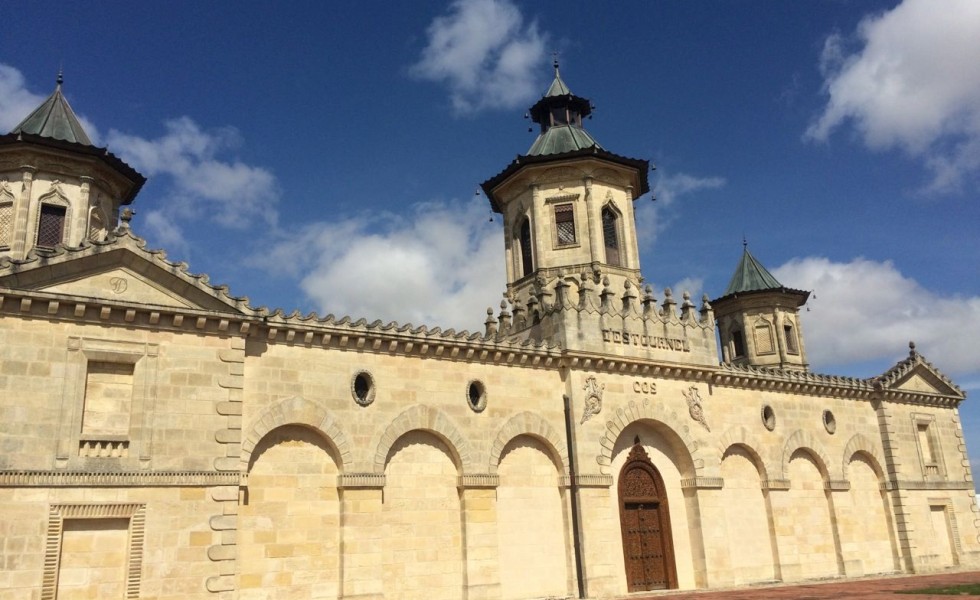
Visit and tasting with Aymeric de Gironde
By Panos Kakaviatos for wine-chronicles.com
7 November 2015
Aymeric de Gironde arrived at Cos d’Estournel for the difficult 2013 vintage, although he had a hand in blending the 2012, which we tasted when I visited alongside the 2010, 2005 and 2001.
He also shared a recently launched Champagne bearing château owner Michel Reybier’s name. It was delicious and fresh; perhaps it is no coincidence that de Gironde had worked for five years at Krug before arriving to Cos.
He enjoys the freshness of Champagne – and we spoke about his desire to bring more freshness to Cos.
I caught up with him in September before the 2015 harvest took place, and here you can see de Gironde talk about the conditions before the harvest.
Changes at Cos started already in 2010, he said …
“I think 2010 was already the start,” he said. “I was not there for the switch, but in 2009, we were probably overpowered by our vineyard and things got a bit out of hand, a bit extreme [the wine],” he added. He said that the terroir will shine through with bottle age for the 2009, but that that vintage reflects what he calls “extreme maturity” as opposed “optimum maturity”.
What does that mean?
Picking a bit earlier, he explained. “We realized that berries continue to mature in the vats, so if you think about the grapes, as if you want to eat the berries, that is when you make mistakes, because they will continue to evolve in the vats.”
He said 2011 drove that point home: “We had a big storm here at the harvest and had to pick a few plots earlier than we thought we would pick them – and that’s where we understood optimal maturity. Those grapes yielded wine that was actually mature and had freshness,” he explained.
We then tasted some wine, and as always when in bold, I liked in particular. If red, even more. And when underlined, too, wine nirvana.
Four vintages
2001: Remarkably tasty. Lovely aromatic tertiary notes. Refined. “More achieved [than the 2000],” de Gironde said. “It’s the first year where we had an incredibly strong and strict selection, and isolation of the best parts of our vineyards,” he explained. The blend is 55% Cabernet Sauvignon and 45% Merlot with 13% alcohol. “I love Cos wines at this stage, where you still have some fruit, but then a hint of mushroom and cedar flavors,” he said. There is a plum aspect, richness on the mid palate, and the wine is indeed nicely balanced and with a fine finish. Enjoy with steak.
2005: More closed on the nose especially. It is almost a shame to try it. But it is important. It was even more closed earlier, according to de Gironde. “It can be frustrating because we have been telling the world how amazing 2005 is, but we have not wanted to show it because consumers expect something bigger,” he said. With time in glass, it starts to open up, and one can sense the concentration and substance on the palate. In 2005, “everything happened as it should have, as if following the right scenario in a book about viticulture,” de Gironde said. The blend is 78% Cabernet Sauvignon, 19% Merlot and 3% Cabernet Franc and the texture is silky and has a superb balance: great wine to cellar for another 5-10 years before properly enjoying.
2010: “Look at that color; you know it’s a Cos wine when you cannot see your fingers through the glass,” remarked de Gironde. The aromatics include the very essence of blackberry and cassis, almost a liqueur of them but also mint freshness and white pepper spice. Would he have done 2010 any differently? No, because it is the “quintessential expression of our estate” with power, elegance and aromatic complexity. The 14.5% alcohol is very well integrated and the wine is just delicious with a very long finish albeit in a primary stage. It will close down later I suspect.
2012: This wine also showed quite a bit of power, with 14% alcohol and a blend of 75% Cabernet Sauvignon, 20% Merlot, 2% Cabernet Franc and 1% Petit Verdot. It starts out quite lovely, with red and black fruit, the mid palate is dense, with loads of primary fruit, but the finish is not as long as that of the 2010, tasted just before.
 Wine Chronicles
Wine Chronicles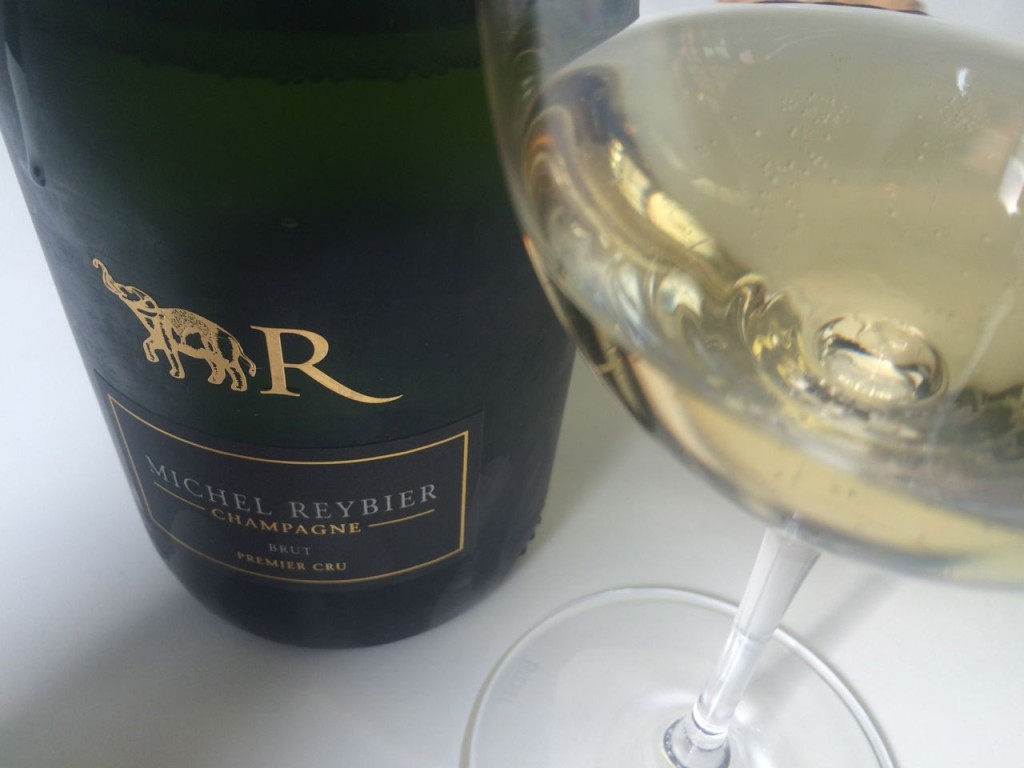
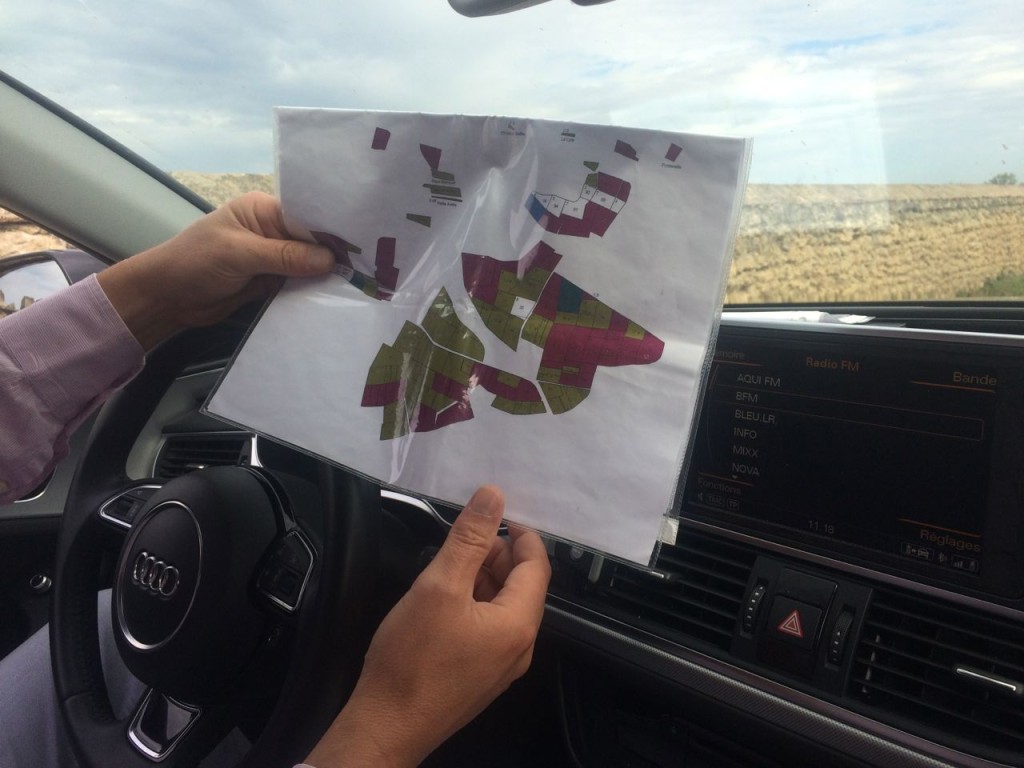
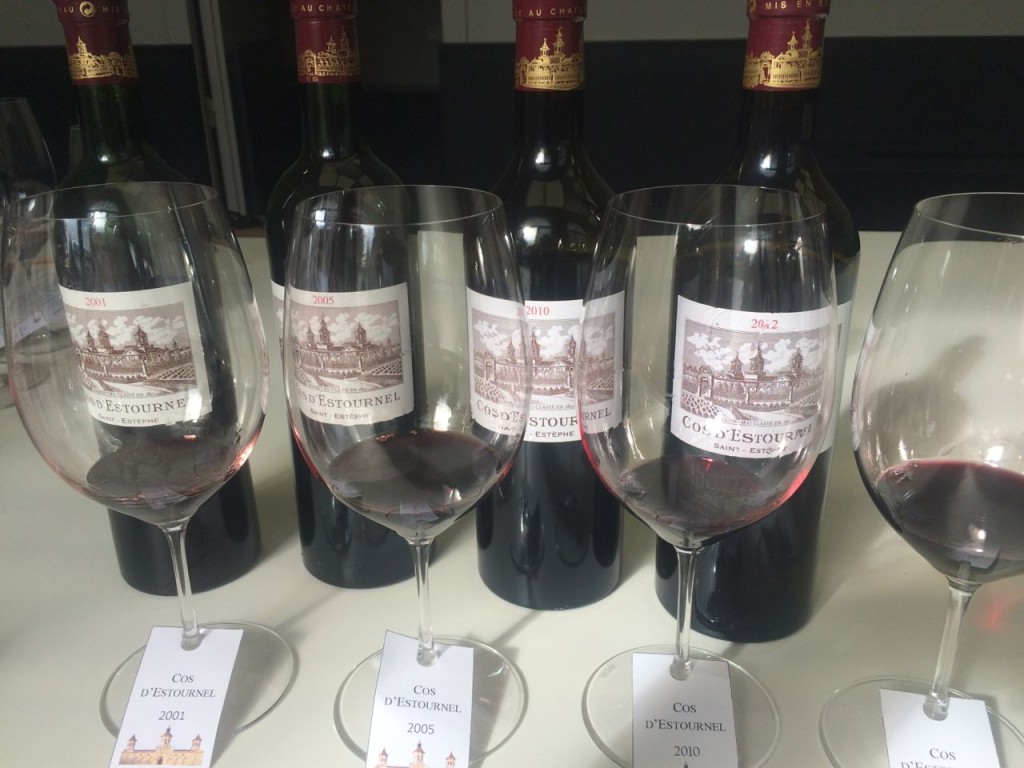
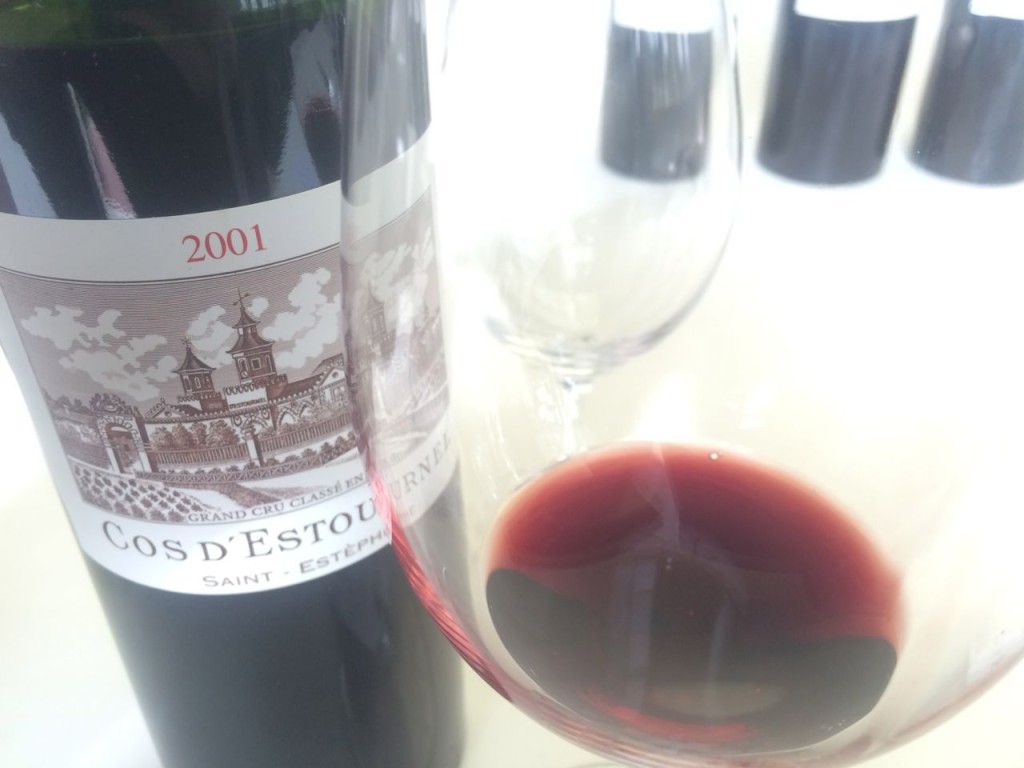
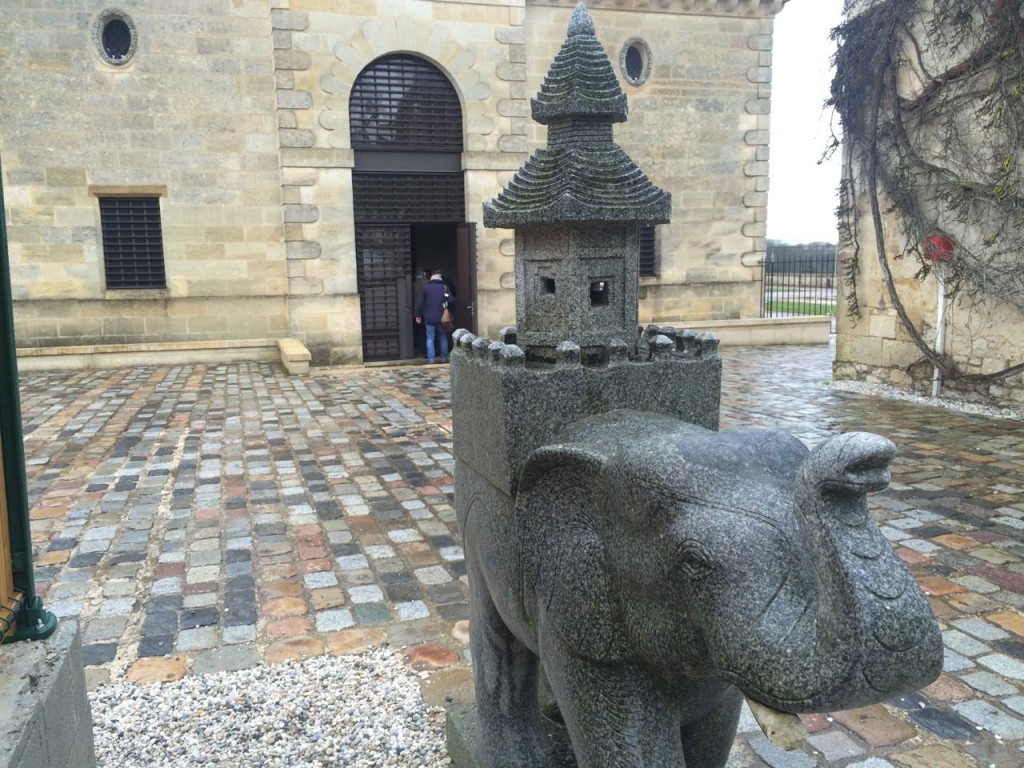
Share This